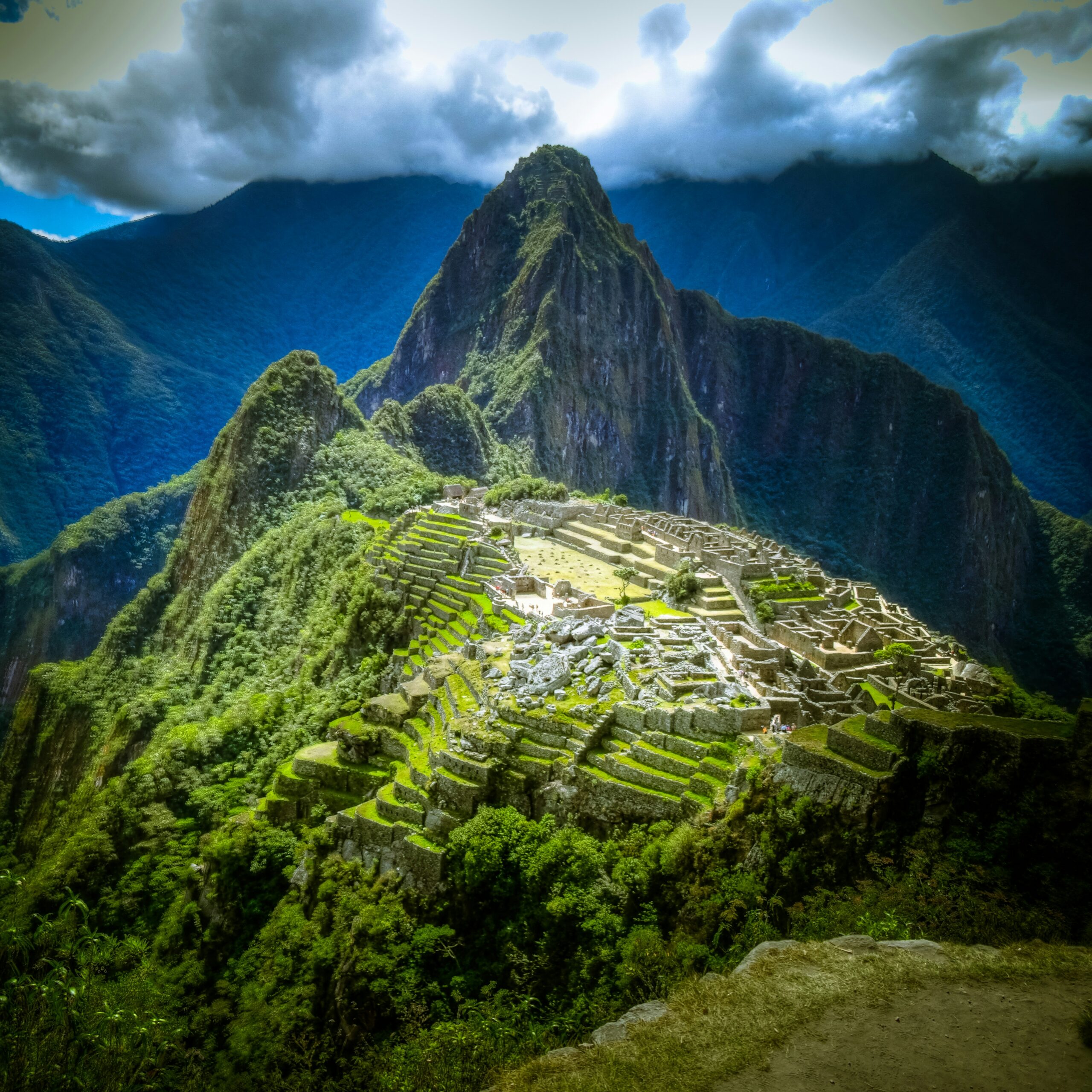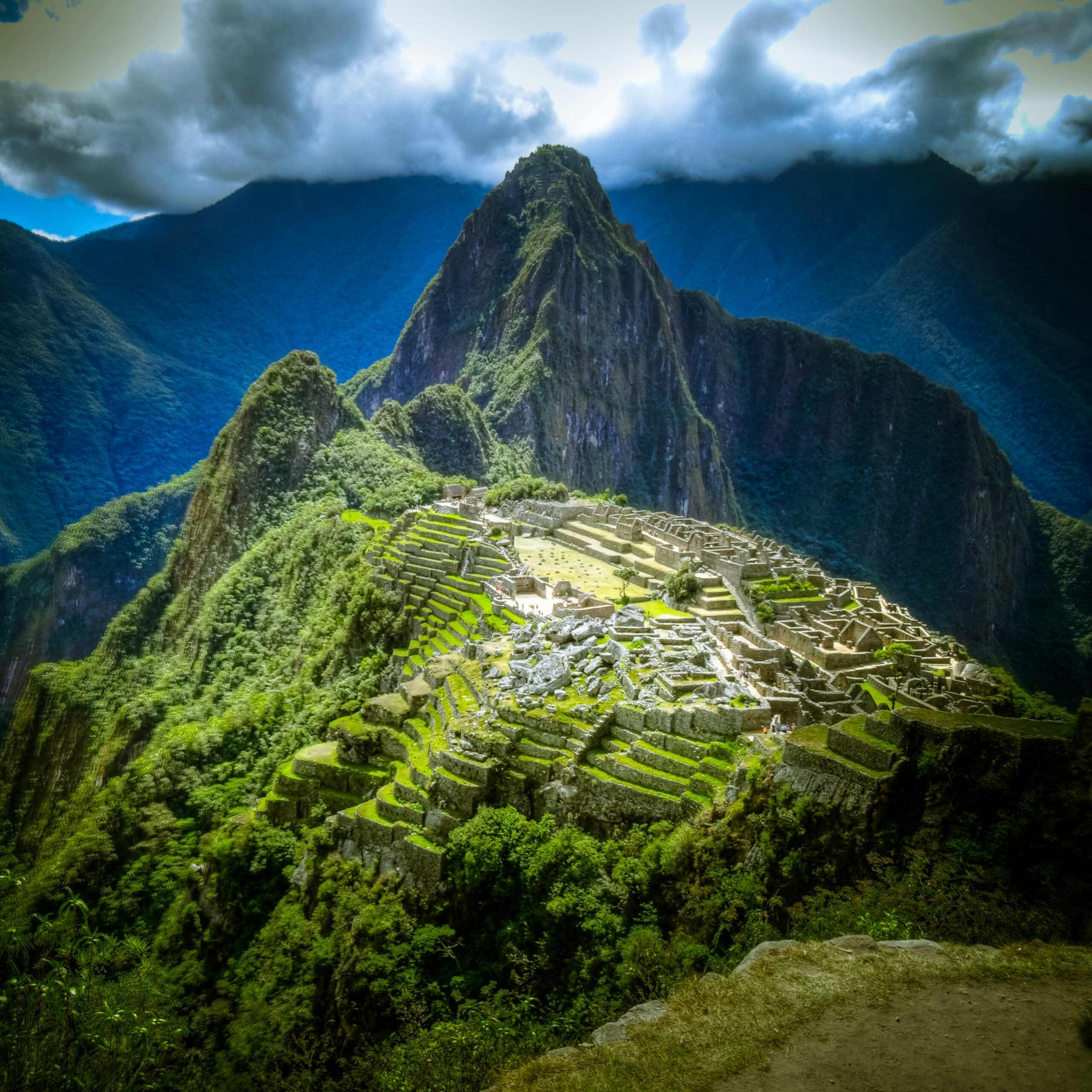Have you ever wondered when the majestic Mount Shasta last erupted in a fiery display of raw power? Nestled in the Northern California landscape, this towering volcano is a sight to behold, but it's also a force of nature that demands our respect. In this article, we will uncover the answer to the burning question: When was the last volcanic eruption of Mount Shasta? Brace yourself for a fascinating journey into the past as we delve into the geological history of this spectacular mountain. Get ready to be amazed!

Mount Shasta's Geological Location
The physical location of Mount Shasta in Northern California
Nestled in Northern California, Mount Shasta is an awe-inspiring volcanic peak that stands tall at an elevation of 14,179 feet (4,322 meters). It is located in Siskiyou County and is a prominent feature of the Cascade Range, a volcanic mountain range that extends from British Columbia, Canada, all the way to California. The picturesque mountain is approximately 60 miles (97 kilometers) south of the Oregon-California border and about 60 miles (97 kilometers) north of Redding, California.
Mount Shasta's position in the Cascade Volcanic Arc
As part of the Cascade Volcanic Arc, Mount Shasta holds a significant place in the geology of the region. The Cascade Volcanic Arc is a chain of volcanic mountains formed by the subduction of the Juan de Fuca and Gorda tectonic plates underneath the North American plate. Mount Shasta is one of the major volcanoes in this arc, along with other iconic peaks like Mt. Rainier and Mt. St. Helens. The geological significance of Mount Shasta cannot be overstated, as it is a testament to the ongoing tectonic activity in the Pacific Northwest.
Brief History of Mount Shasta
General history of Mount Shasta
Mount Shasta has a rich and storied past that spans thousands of years. For centuries, it has held immense cultural and spiritual significance for Native American tribes like the Shasta, Modoc, Karuk, and Klamath. These tribes consider Mount Shasta to be a sacred place and have passed down oral traditions and legends associated with the mountain.
In more recent history, Mount Shasta has captivated the imagination of explorers, adventurers, and nature enthusiasts alike. Explorers such as Peter Skene Ogden and John Muir were among the first non-indigenous people to document their encounters with the mountain. Their accounts helped to popularize Mount Shasta and instill a sense of wonder and awe in the hearts of those who came after them.
First records of volcanic activity
The earliest records of volcanic activity at Mount Shasta can be traced back to the mid-19th century. In 1854, the first reported eruption was documented by settlers in the area. The eruption produced a massive cloud of ash and steam, accompanied by intense rumblings and earthquakes. This event served as a wake-up call, alerting scientists and residents to the volcanic nature of the mountain.
Understanding Volcanoes and Volcanic Eruptions
What are volcanoes?
Volcanoes are geological features that result from the movement of tectonic plates and the subsequent release of magma, gas, and other materials from beneath the Earth's surface. They are essentially vents or openings through which molten rock, known as magma when still underground, can reach the surface. Volcanoes can take various forms, from shield volcanoes like those found in Hawaii to stratovolcanoes like Mount Shasta.
What triggers a volcanic eruption?
Volcanic eruptions are triggered by a combination of factors, including the pressure buildup of magma within the volcanic system and the presence of volatile gases, such as water vapor and carbon dioxide. When the pressure reaches a critical point, it causes an explosive release of magma, gases, and volcanic ash, leading to an eruption. The specific triggers for volcanic eruptions can vary depending on the type of volcano and the geological context in which it is situated.
Different types of volcanic eruptions
Volcanic eruptions can exhibit a wide range of behaviors and can be categorized into different types based on their explosiveness and the characteristics of the eruptive products. Some volcanoes, like Hawaii's shield volcanoes, typically experience relatively gentle eruptions, characterized by the relatively free-flowing lava and the formation of lava flows. In contrast, stratovolcanoes like Mount Shasta are associated with more explosive eruptions, which involve the release of pyroclastic material, such as ash, pumice, and hot gases.
The Volcanic Activity of Mount Shasta
Frequency of volcanic activity at Mount Shasta
Mount Shasta is considered an active volcano, although it has not erupted in recent history. The frequency of volcanic activity at Mount Shasta is relatively low compared to some other volcanoes in the Cascade Range. The volcano has experienced periods of dormancy lasting hundreds to thousands of years between eruptions. The most recent eruptive period occurred roughly between 9,050 and 8,500 years ago, showcasing the long intervals between eruptions.
The scale and impact of eruptions
When Mount Shasta does erupt, it has the potential to unleash devastating forces. Its predominantly explosive eruptions can result in the generation of pyroclastic flows, lahars (mudflows), and the deposition of ash over vast areas. The sheer power and scale of these eruptions can have significant impacts on the surrounding environment, communities, and infrastructure.

The Last Known Volcanic Eruption of Mount Shasta
The date of the last known eruption
The last known eruption of Mount Shasta occurred around 9,050 to 8,500 years ago, during the Late Pleistocene to Early Holocene period. This eruption, known as the Hotlum Cone eruption, formed a prominent cone-shaped feature on the mountain's southeast flank. Since this eruption took place long before scientific records were kept, much of our understanding of its characteristics and impacts comes from studying geological evidence.
The effects of the last eruption on the surrounding environment
The Hotlum Cone eruption had a significant impact on the surrounding landscape. It resulted in the deposition of layers of volcanic ash, pumice, and other volcanic materials that can still be observed today. These materials have influenced the composition of soils, vegetation patterns, and landforms in the vicinity of Mount Shasta. The eruption also demonstrated the potential for future eruptions to shape and reshape the mountain's environment.
Signs of a Potential Eruption in Mount Shasta
How scientists monitor for potential eruptions
Scientists closely monitor Mount Shasta for signs of potential eruptions using a variety of techniques and instruments. One crucial tool is seismology, which involves monitoring earthquake activity, as seismicity can indicate the movement of magma and the potential for an eruption. Additionally, scientists track ground deformation using GPS and satellite-based measurements, monitor changes in gas emissions, and keep a vigilant eye on thermal anomalies near the volcano.
Observable signs of impending eruptions
Several observable signs can indicate that an eruption may be imminent. These signs include increased seismic activity, such as the occurrence of small earthquakes or volcanic tremors. Ground deformation, such as uplift or subsidence, can also suggest the movement of magma beneath the surface. Unusual gas emissions, changes in hydrothermal activity, and alterations in the volcano's thermal features can provide further clues. Monitoring for these signals allows scientists to provide timely warnings and assist in evacuation efforts if necessary.

Potential Hazards from Future Eruptions
Possible effects and damage from a future eruption
Future eruptions of Mount Shasta could have significant effects and pose various hazards to the surrounding region. The release of volcanic ash during an eruption can disrupt air travel, contaminate water supplies, and impact agriculture and infrastructure. Pyroclastic flows, lahars, and debris flows can be extremely destructive, posing life-threatening risks to nearby communities. Additionally, volcanic gases released during eruptions can pose health hazards and affect air quality over considerable distances.
Emergency preparedness strategies for volcanic eruptions
Given the potential hazards associated with volcanic eruptions, it is crucial for communities near Mount Shasta to be well-prepared. Implementing robust emergency response plans, conducting regular evacuation drills, and educating residents about volcanic hazards can significantly enhance preparedness. Collaborations between scientists, emergency management agencies, and local communities are instrumental in developing effective communication strategies and evacuation protocols. The involvement and cooperation of residents play an essential role in minimizing the impacts of future eruptions.
Impact of Mount Shasta Eruptions on Human Life
Historical impacts of eruptions on local communities
Historically, eruptions of Mount Shasta have had both direct and indirect impacts on human life. The deposition of volcanic ash and pumice can be detrimental to agriculture and can damage infrastructure, affecting communities' livelihoods. The potential for lahars and debris flows to inundate downstream areas puts local communities at risk. Additionally, the psychological and emotional effects of living near an active volcano cannot be underestimated. However, it is essential to note that these impacts have been relatively limited due to Mount Shasta's remote location and sparse population.
Potential impacts of a future eruption
A future eruption of Mount Shasta could have more significant impacts due to increased population and infrastructure in the surrounding areas. The potential disruption of transportation networks, utilities, and water supplies could pose challenges to emergency response efforts and recovery. The increased vulnerability of communities highlights the importance of ongoing research, monitoring, and preparedness to minimize the potential impacts on human life and facilitate prompt recovery.
Impact of Eruptions on Mount Shasta's Ecosystem
Effects of eruptions on local fauna and flora
Eruptions of Mount Shasta have both short-term and long-term effects on the local fauna and flora. The deposition of volcanic ash and other materials on the landscape can be highly fertile, leading to increased nutrient availability for plants. However, the initial devastation caused by eruptions can result in the destruction of habitats and the displacement of wildlife. Over time, new plant species begin to colonize the volcanic deposits, leading to the gradual reestablishment of ecosystems.
Long-term environmental impacts
The long-term environmental impacts of Mount Shasta's eruptions are complex and interconnected. While eruptions disrupt ecosystems in the short term, they also contribute to the creation of unique habitats and can foster biodiversity over time. The deposition of volcanic ash rejuvenates the soil, leading to increased fertility and enhancing the growth of certain plant species. This, in turn, attracts various animal species and creates a dynamic ecosystem adapted to volcanic activity.
Studies and Research on Mount Shasta's Volcanic Activity
Current research on Mount Shasta's volcanic activity
Scientists and researchers continue to study Mount Shasta to deepen our understanding of its volcanic activity and potential hazards. Ongoing studies include monitoring earthquake activity, analyzing gas emissions, assessing ground deformation patterns, and investigating the volcano's internal structure. Collecting and analyzing data from these various sources help scientists better comprehend the volcanic system of Mount Shasta and improve eruption forecasting capabilities.
Findings from recent studies
Recent studies have shed light on the volcanic history of Mount Shasta and its potential for future eruptions. By examining volcanic deposits and studying past eruptions, scientists have been able to reconstruct the volcano's eruptive behavior and estimate the frequency and magnitude of past eruptions. Additionally, research efforts have identified potential pathways of magma ascent and characterized the composition of volcanic gases emitted by Mount Shasta. These findings contribute to our overall understanding of the volcano and aid in assessing the potential hazards it poses.
In conclusion, Mount Shasta's geological location within the Cascade Volcanic Arc and its explosive eruptive history make it a fascinating subject of study. While the last eruption of Mount Shasta occurred thousands of years ago, ongoing monitoring efforts, emergency preparedness strategies, and scientific research help us better comprehend the potential hazards and impacts associated with future eruptions. Mount Shasta stands as a reminder of the powerful geological forces that shape our planet and serves as a testament to both the resilience and vulnerability of the ecosystems and communities that surround it.

